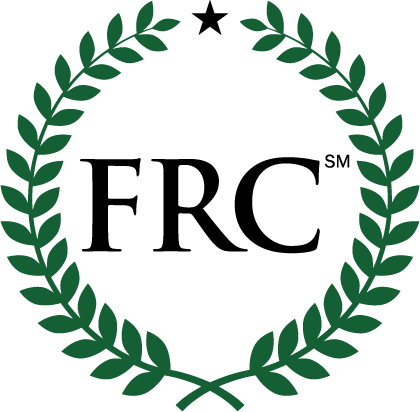Which Type Of IRA Do You Hold?Traditional IRAsFor 2020 the annual contribution limit is $6,000 per person or $12,000 for married couples. In addition, taxpayers who are age 50 and over are allowed to make an additional “catch-up” contribution of $1,000. Consequently, in 2020 married taxpayers who are over age 50 may contribute up to $13,000. Contributions cannot be made beyond the age of 72 years. If you are not covered by an employer’s retirement plan, a tax deduction may be claimed for the full amount of the contribution. If you are covered by an employer retirement plan, a full deduction can be claimed only if your Modified Adjusted Gross Income (MAGI) is below a certain level — $53,000 for single individuals and $85,000 for married couples. If your MAGI is above these levels, the deductibility of your IRA contribution is gradually phased out and for single individuals is eliminated at income levels above $63,000 ($95,000 for married couples). The rules governing IRA withdrawals are fairly strict. Generally, a person may not begin withdrawal before the age of 59 1/2. The withdrawal of funds before that age is called a premature distribution and is subject to regular income tax plus a 10% tax penalty. However, the penalty provision does not apply if the withdrawal is made to pay for qualified medical or college expenses or to help with the purchase of your first home. Additionally, under the Traditional IRA, the withdrawal of funds must begin by the age of 72. Roth IRAsContributions to a Roth IRA are made out of after tax income but withdrawals from the fund are not taxed. In effect, the Roth IRA reverses the tax process. With the Traditional IRA, contributions are not taxed but withdrawals are taxed. Under a Roth IRA, contributions are taxed but withdrawals are not taxed. The similarity between the Roth and Traditional IRA is that you do not pay taxes while the money is in either of these IRAs. The Roth contribution limits are the same as the Traditional IRA. However, the income phase out range is much higher — $101,000 to $116,000 for single filers and $159,000 to $169,000 for joint filers. The minimum age for a Roth withdrawal is the same as a Traditional IRA — 59 1/2. However, with a Roth there is no maximum age when withdrawals must begin and contributions must stop. A disadvantage of the Roth IRA is a five year holding period. This holding period requirement means that the account must be in existence for five years before withdrawals can begin. Some taxpayers may consider converting their Traditional IRA to a Roth IRA because of the relative flexibility the Roth program offers (higher income limits and the absence of maximum age restrictions). However, a Roth conversion involves many considerations including the potential payment of taxes on the converted amount, future income needs and the impact of the conversion on the taxability of social security benefits. In short, conversion should only be made with the advice of a qualified financial planner. |






